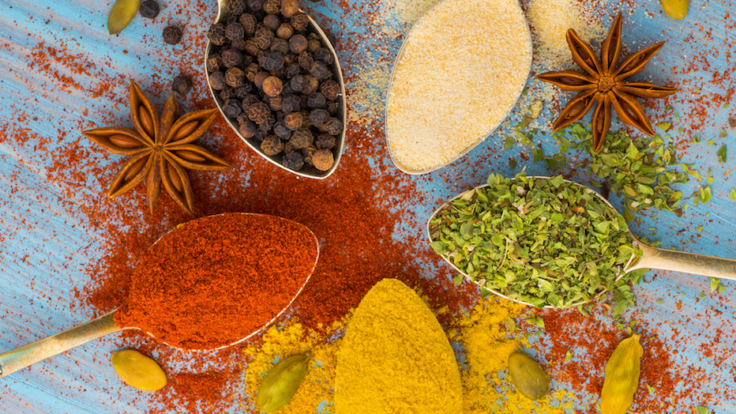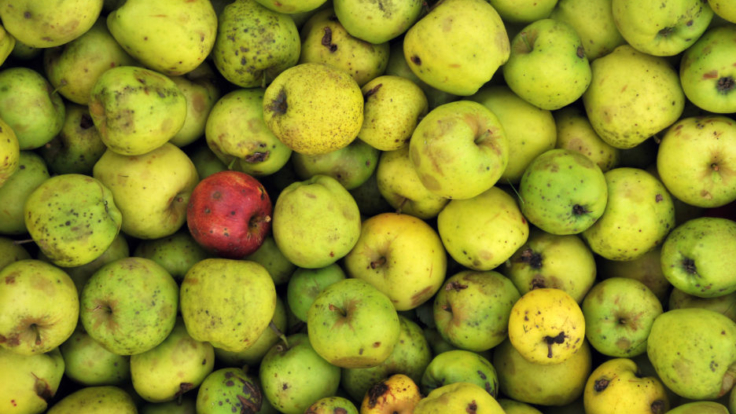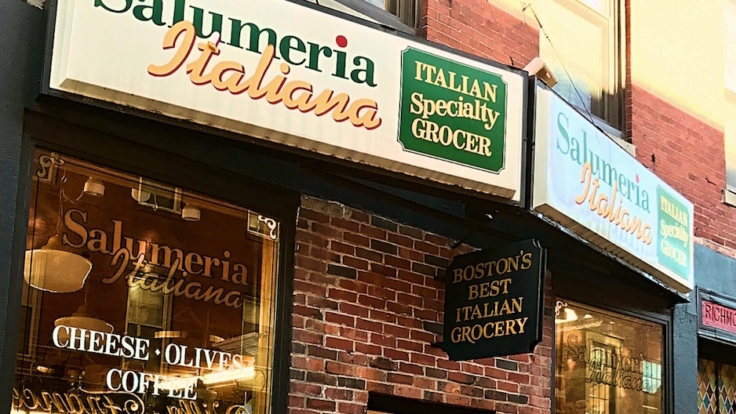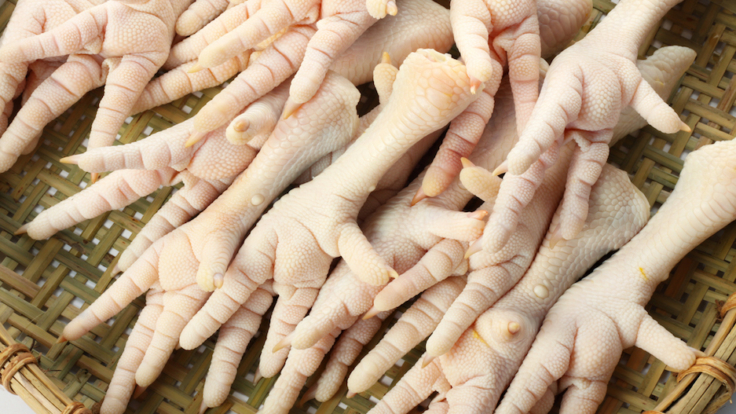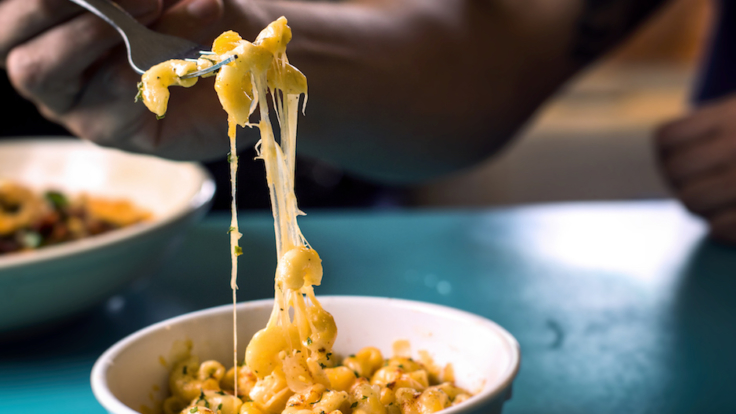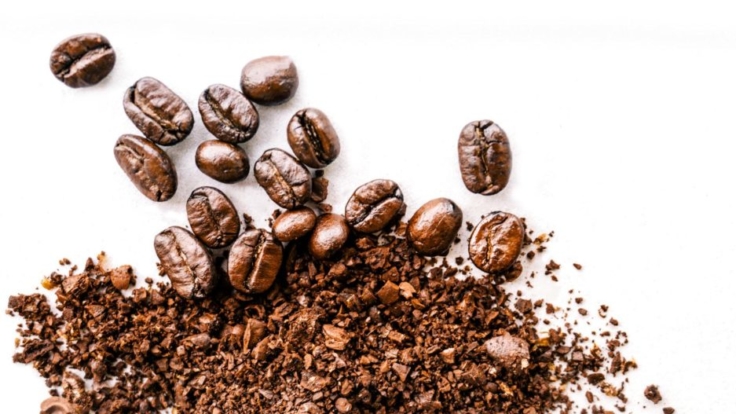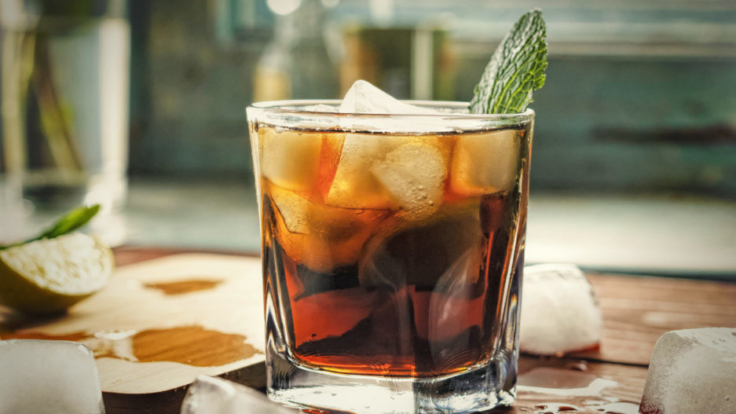Spicy Trade: U.S. and India Turn Up the Heat
Turmeric is the new “it” spice. While things are golden for trade in turmeric, less can be said for U.S.-India trade relations as a whole. Tensions have been heating up over the past few years, culminating in the recent announcement from the White House that India could soon be terminated from the U.S. Generalized System of Preferences (GSP) program.


